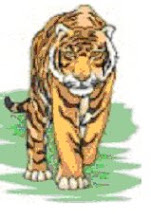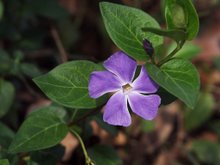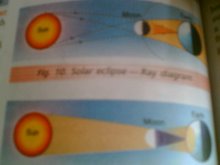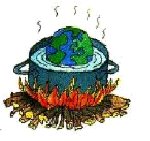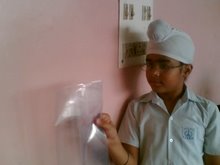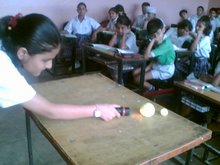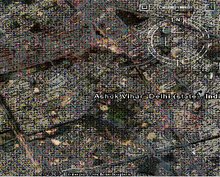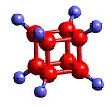
Comprising over 70% of the Earth?s surface, water is undoubtedly the most precious natural resource that exists on our planet. Without the seemingly invaluable compound comprised of hydrogen and oxygen, life on Earth would be non-existent: it is essential for everything on our planet to grow and prosper. Although we as humans recognize this fact, we disregard it by polluting our rivers, lakes, and oceans. Subsequently, we are slowly but surely harming our planet to the point where organisms
are dying at a very alarming rate. In addition to innocent organisms dying off, our drinking water has become greatly affected as is our ability to use water for recreational purposes. In order to combat water pollution, we must understand the problems and become part of the solution.
CAUSES OF POLLUTION
Many causes of pollution including sewage and fertilizers contain nutrients such as nitrates and phosphates. In excess levels, nutrients over stimulate the growth of aquatic plants and algae. Excessive growth of these types of organisms consequently clogs our waterways, use up dissolved oxygen as they decompose, and block light to deeper waters.
This, in turn, proves very harmful to aquatic organisms as it affects the respiration ability or fish and other invertebrates that reside in water.
Pollution is also caused when silt and other suspended solids, such as soil, washoff plowed fields, construction and logging sites, urban areas, and eroded river banks when it rains. Under natural conditions, lakes, rivers, and other water bodies undergo Eutrophication, an aging process that slowly fills in the water body with sediment and organic matter. When these sediments enter various bodies of water, fish respirationbecomes impaired, plant productivity and water depth become reduced, and aquatic organisms and their environments become suffocated. Pollution in the form of organic
material enters waterways in many different forms as sewage, as leaves and grass clippings, or as runoff from livestock feedlots and pastures. When natural bacteria and protozoan in the water break down this organic material, they begin to use up the oxygen dissolved in the water. Many types of fish and bottom-dwelling animals cannot survive when levels of dissolved oxygen drop below two to five parts per million. When this occurs, it kills aquatic organisms in large numbers which leads to disruptions in the food chain.





